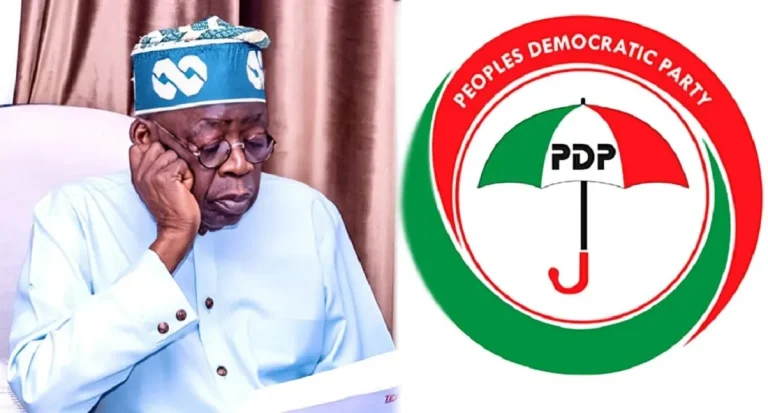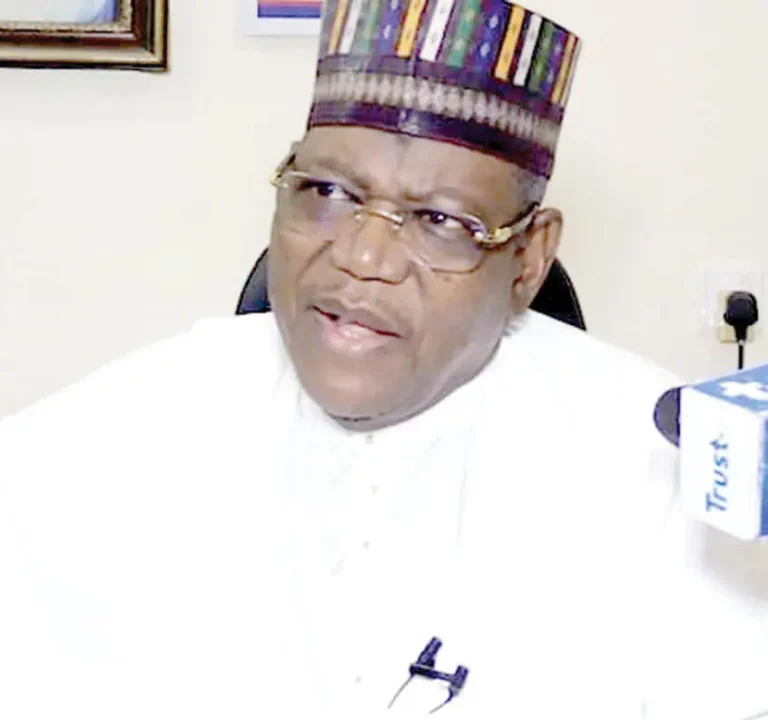
Nigerian Upstream Petroleum Regulatory Commission (NUPRC) has inaugurated a project committee on the reactivation of about 3,000 shut-in oil strings (inactive oil wells).
A production string is a part of an oil well that serves as the conduit through which fluid flows from the oil reservoir to the surface. It is used to contain the liquids from contaminating the environment or eroding the other well structures. It was gathered that the new development is expected to boost oil production in the country and help Nigeria meet its oil quota by the Organisation of Petroleum Exporting Countries (OPEC) as Nigeria’s crude oil production output decreased from 2.5 million barrels per day to the present 1.42 million barrels per day in May 2022.
The Chief Executive Officer of NUPRC, Mr Gbenga Komolafe, at the inauguration of the committee in Abuja, said that NUPRC would conduct an industrywide technical integrated study on the reactivation of the shut-in strings.
He stated that the committee had one month to conclude its work, adding that the work of the committee was to develop empirically driven criteria to identify candidate wells for production ramp-up in the short, mid and long-term and identify candidate reservoirs/fields with the potential to increase recovery factor.
According to him, the initiative to conduct an industry-wide integrated study on the reactivation of shut-in strings was conceptualised in NUPRC and approved by him as a low-hanging strategy to gain incremental production. He stressed that the analysis of NUPRC indicated that Nigeria had over 3,000 shut-in strings in-country with huge potential to boost production in the shortterm (six months), mid-term (one year) and long-term (over a year).
According to him, Nigeria had recorded significant losses in crude oil production, especially in land and swamp terrains due to economic sabotage otherwise called crude oil theft, some of which have led to the declaration of force majeure at Bonny Oil and Gas Terminal (BOGT). He noted that another cause of the crude oil reduction was the shut-in of wells from fields evacuating through the Nembe Creek Trunk Line (NCTL) and the Trans Niger Pipeline (TNP) as a consequence.
Komolafe explained: “A consequential effect of this menace is that the nation only achieved about 60 per cent compliance with Technical Allowable Rate (TAR) and 72 per cent of its assigned OPEC quota. On the other hand, the socio- economic impact of production and associated revenue losses to both government and investors is a deep cause for concern for all stakeholders.
“The challenges that stem from this issue include a threat to national and energy security, erosion of global competitiveness and ease of doing business and rise in unemployment across the industry. Others are, increase in conflicts due to proliferation of arms and widespread HSE and community concerns.’’
The NUPRC boss said the commission had developed regulatory initiatives and optimisation to address the challenges, adding that the strategies involved industry stakeholders and cut across techno socioeconomic and security initiatives. He said that they would reduce the limitations to the barest minimum in the short run and eventual eliminate them in the long run.
According to him, Nigeria would meet its production target of three million barrels of crude oil per day, when the challenges were addressed. Komolafe said: “It is my utmost belief that the impact of these joint strategies would be felt across the industry in a few months.’’ (New Telegraph)








747192 466640I came to the exact conclusion as properly some time ago. Wonderful write-up and I will be sure to look back later for far more news. 149689